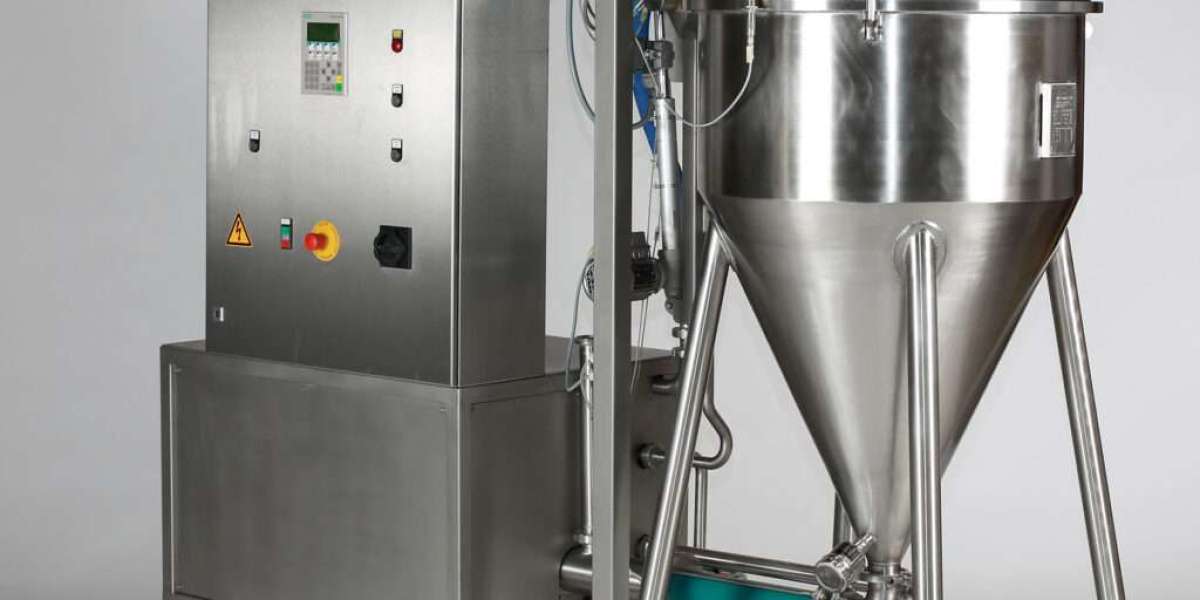Mortgage loan debt consolidation involves merging multiple high-interest debts—such as credit cards, personal loans, or lines of credit—into a single mortgage. This transforms unsecured, often expensive debts into secured debt backed by your home. The primary aims are to:
Reduce your overall interest rate by shifting from high-rate consumer debt (sometimes over 18%) to lower mortgage rates (often 4–6%)
Simplify your finances with a single payment and deadline rather than several
Improve cash flow by lowering monthly payments, freeing funds for savings, investments, or living costs.
Yet, you’ll often extend your repayment period, potentially increasing total interest paid over time That makes it essential to assess both the short-term relief and the long-term implications.
Key Benefits of Mortgage Debt Consolidation
1. Lower Interest Rates
Mortgages typically carry significantly lower rates compared to credit cards or personal loans. For instance, shifting a 20% credit card balance to a 4% mortgage rate could yield major savings
2. Simplified Repayments
Consolidating debt means one predictable monthly payment instead of juggling multiple creditors and due dates
3. Credit Score Improvement
Paying off multiple debts can reduce utilization and demonstrate payment consistency—two influential credit score factors .
4. Cash Flow Relief
Lowering monthly debt payments can free up cash, which can be redirected to savings, investments, or other goals
5. Tax Deductibility
Depending on your province, interest on a mortgage used for non-personal purposes (like investment) may be tax-deductible, though not guaranteed
Potential Drawbacks to Consider
Your Home is at Risk
Transforming unsecured debt into a mortgage means failure to pay could result in foreclosure
Longer Repayment Time
While monthly payments may drop, spreading the debt over decades could increase total interest costs .
Re-Financing Fees
Expenses like legal fees, appraisals, or penalties may offset some financial gains .
Temptation to Re-Accumulate Debt
Without new spending controls, you risk offsetting the gains by adding more debt .
Variable Rate Risks
If you select a variable mortgage or HELOC, rate hikes could raise monthly payments unexpectedly
Reduced Home Equity
You’re using up more of your home's value, reducing financial flexibility for future needs
How Groupe Amar Approaches Debt Consolidation
Based in Montreal, Groupe Amar specializes in creating mortgage solutions that encompass debt consolidation, leveraging their detailed expertise:
Comprehensive financial review: Elie and Frederick Amar assess debt levels, mortgage standing, income, and credit.
Equity evaluation: Using home value and outstanding mortgage figures, they establish how much consolidation is feasible.
Product selection: They recommend options like:
Mortgage refinancing with cash-out: Roll debts into a new mortgage
Second mortgages: If equity is available
HELOCs: Flexible credit secured by the home – repay interest-only or principal + interest
Cost-benefit estimation: They factor in fees, interest savings, and amortization.
Strategic planning: A repayment plan with discipline measures and timelines.
Execution and support: Handling paperwork, lender communications, and ensuring a smooth transition.
Their website includes a Maximum Mortgage Calculator, aiding clients in estimating affordability post-consolidation .
Debt Consolidation: Step-by-Step Guide
1. Assess Your Debt Profile
List each debt: amount, interest, term, and monthly payments. This clarity is key.
2. Evaluate Your Home Equity
You generally need at least 20% equity to refinance or open a HELOC
3. Calculate Savings vs. Costs
Compare current debts to proposed mortgage interest and transaction fees to confirm net benefit.
4. Choose a Consolidation Method
Options include:
Mortgage refinance with cash-out
Second mortgage
HELOC: Offers flexibility but variable interest risks .
5. Select Term & Rate
Decide between fixed vs variable rates and term lengths. Consider penalties if refinancing mid-term.
6. Implement Debt Discipline
Close paid-off credit lines, stick to new payment plans, and adjust spending habits.
7. Monitor Long-Term Progress
Track equity, payment schedules, and revisit mortgage terms in the future.
Is It Right for You?
Consider mortgage debt consolidation if:
You carry high-interest debts (15+%)
You have enough equity (≥20%) You can secure a lower rate on the total balance
You’re disciplined and won't accumulate new unsecured debt
It’s less suitable if:
You have low equity or bad credit
You prefer short-term debt payoff through personal loans
You’re near retirement or will soon move/sell your home — refinancing costs may outweigh benefits .
Real-World Impact: A Sample Scenario
A homeowner owes:
$10,000 on credit cards at 18%
$5,000 personal loan at 15%
$200,000 mortgage at 4%
Total consolidated: $215,000. If refinanced at 4% over 25 years:
New mortgage payment: ~$1138/month
Previous combined payments: Credit card ~$335 + personal loan $230 + mortgage $1052 = ~$1617
That’s a $479/month saving. Total interest is lower even with a longer term
How Groupe Amar Ensures Success
Personalized Assessments
Elie and Frederick dive into each client’s goals, including plans to buy, invest, or retire.
Customized Solutions
They select the right consolidation method and mortgage product—refinance, second mortgage, or HELOC.
Transparent Comparisons
Groupe Amar provides clear breakdowns of costs versus savings, and demonstrates worst-case scenarios (e.g., rising rates).
Actionable Plans
Clients receive debt repayment schedules and habit-change guides to avoid falling back into financial traps .
Ongoing Support
They’re there for rate reviews, refinancing options, and future financial planning.
Pro Tips for Smart Consolidation
Avoid opening new lines of credit post-consolidation.
Refinance at renewal to avoid early-payment penalties .
Keep the amortization short if possible to minimize interest paid over time.
Consider tax implications and consult an accountant if needed.
Stay disciplined: track budgets and prepay mortgages whenever possible.
Mortgage loan debt consolidation can be a powerful tool for improving cash flow, reducing interest, and simplifying finances. However, like any financial strategy, it carries trade-offs—greater total interest over longer terms and the risk of putting your home on the line.
A trusted mortgage expert—such as Mortgage loan debt consolidation—can guide you through:
Evaluating equity and debt
Estimating savings vs costs
Choosing the right consolidation method
Providing clear repayment plans
Supporting your financial journey post-consolidation








